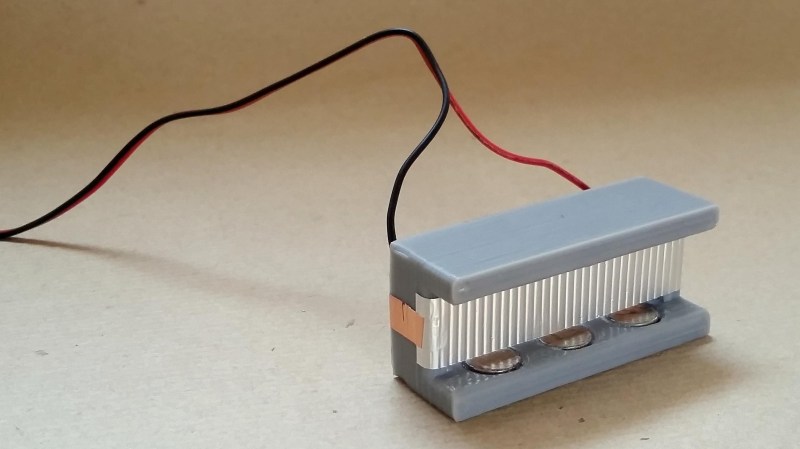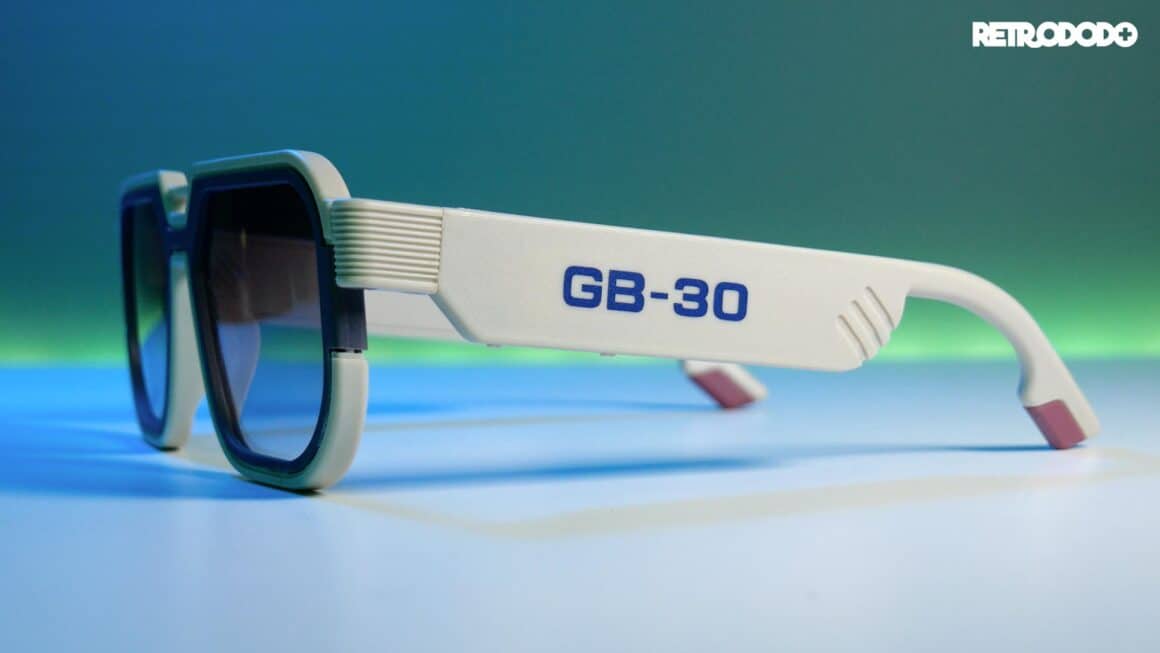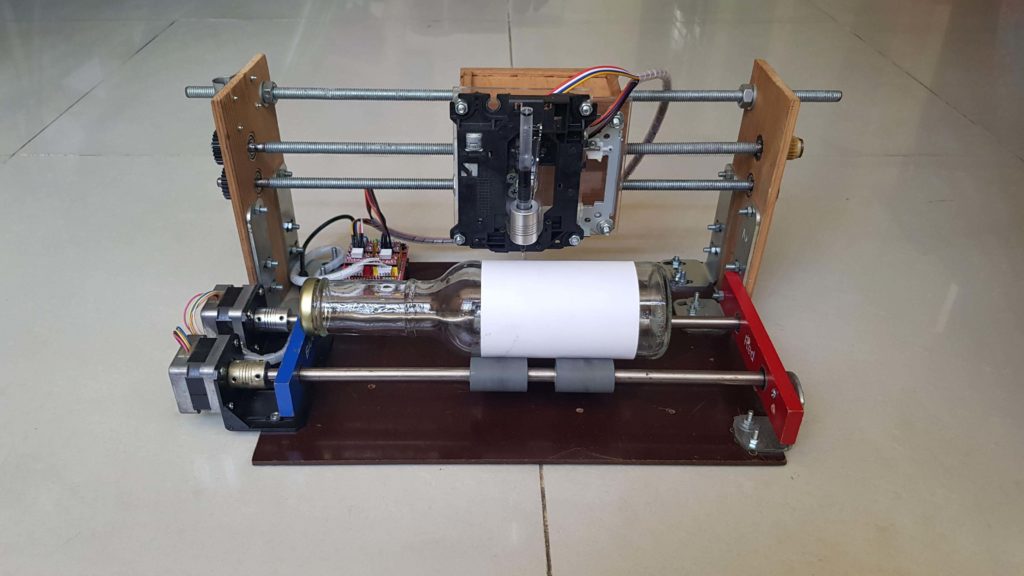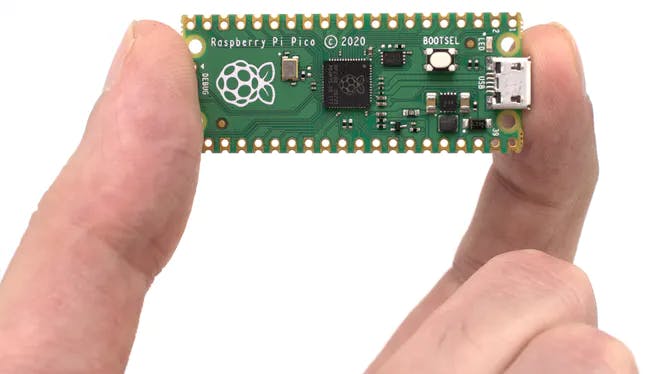We’re all about a portable N64, but having one that fits in your hands and plays original cartridges is something we only thought the Nintendo gods could create.
But no, the modding maniac known as GmanModz is back at it again with the world’s smallest portable N64. He previously built the Nintendo 64 handheld that looked like a Gameboy Advance SP.
Somehow he has managed to modify a N64 console to fit in a tiny shell with the ability to play your best N64 games on the cartridges you still have hiding in your garage.









